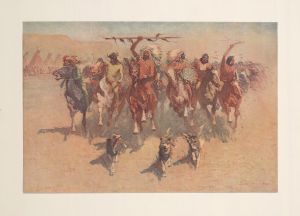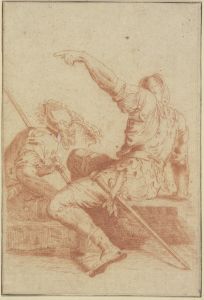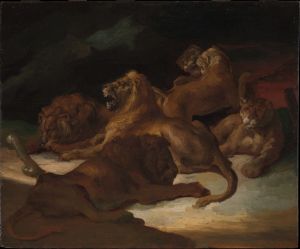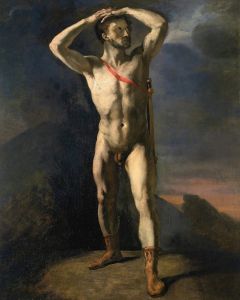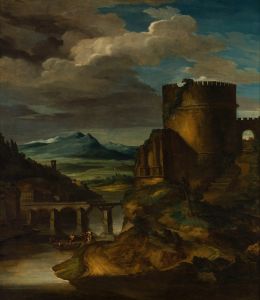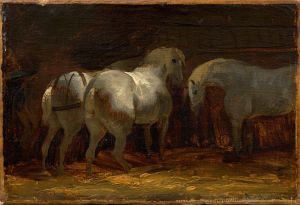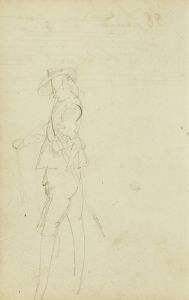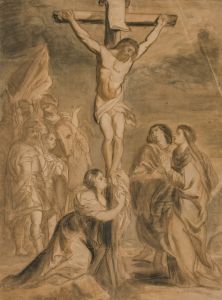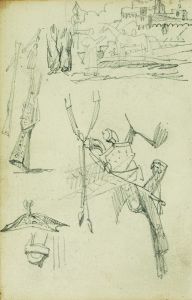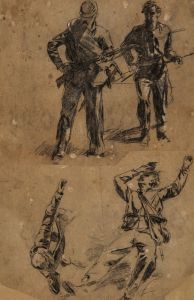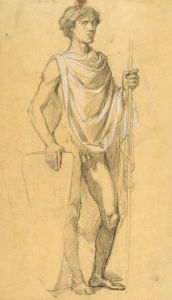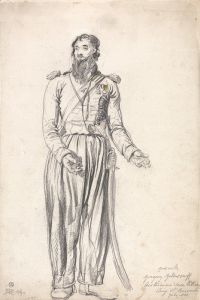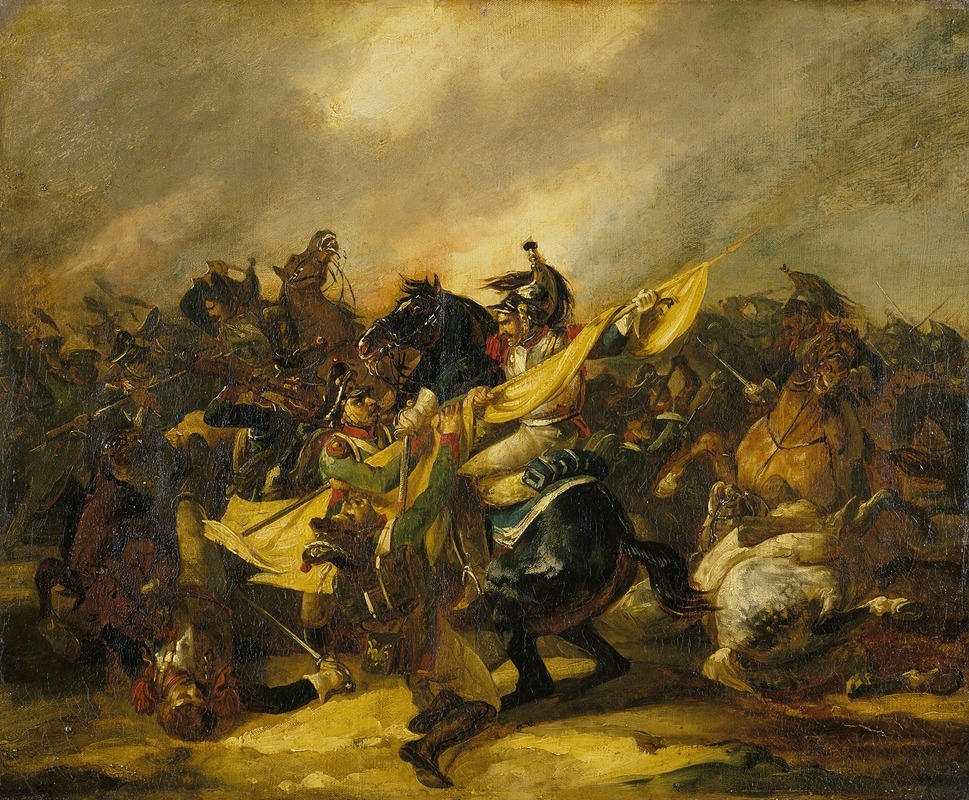
A Charge of Cuirassiers
A hand-painted replica of Théodore Géricault’s masterpiece A Charge of Cuirassiers, meticulously crafted by professional artists to capture the true essence of the original. Each piece is created with museum-quality canvas and rare mineral pigments, carefully painted by experienced artists with delicate brushstrokes and rich, layered colors to perfectly recreate the texture of the original artwork. Unlike machine-printed reproductions, this hand-painted version brings the painting to life, infused with the artist’s emotions and skill in every stroke. Whether for personal collection or home decoration, it instantly elevates the artistic atmosphere of any space.
"A Charge of Cuirassiers" is a painting by the renowned French artist Théodore Géricault, created in 1812. Géricault is often celebrated for his dynamic compositions and his role in the Romantic movement, which emphasized emotion and individualism, often in contrast to the Neoclassical style that preceded it. This particular work, "A Charge of Cuirassiers," exemplifies Géricault's interest in military subjects and his ability to capture movement and drama.
The painting depicts a dramatic scene of French cuirassiers, a type of heavy cavalry soldier, charging into battle. Cuirassiers were known for their distinctive armor, which included a breastplate (cuirass) and a helmet, and they were an integral part of Napoleonic armies. Géricault's choice of subject reflects the militaristic spirit of the Napoleonic era, during which France was frequently engaged in warfare across Europe.
Géricault's technique in "A Charge of Cuirassiers" is notable for its vigorous brushwork and the use of light and shadow to convey a sense of urgency and movement. The composition is dynamic, with the figures of the soldiers and horses arranged in a way that suggests rapid motion and the chaos of battle. The artist's attention to detail in the depiction of the horses and the soldiers' uniforms adds to the realism and intensity of the scene.
This painting is part of Géricault's early work, created when he was still developing his style and before he achieved widespread fame with his later masterpiece, "The Raft of the Medusa" (1818-1819). "A Charge of Cuirassiers" demonstrates his fascination with the themes of heroism and the human struggle, which would continue to be central to his work throughout his career.
Géricault's interest in military subjects can be traced back to his own experiences and the influence of the Napoleonic Wars on French society. Although he never served in the military, he was deeply affected by the events of his time and often sought to capture the spirit of the age in his art. His works frequently explore the tension between the glory and the horror of war, a theme that resonates in "A Charge of Cuirassiers."
The painting is also significant for its contribution to the Romantic movement in art. Romanticism was characterized by a focus on emotion, nature, and the sublime, often in opposition to the rationalism of the Enlightenment. Géricault's work, with its emphasis on dramatic action and emotional intensity, helped to pave the way for other Romantic artists who followed.
Today, "A Charge of Cuirassiers" is recognized as an important example of Géricault's early work and his contribution to the Romantic movement. The painting is held in high regard for its technical skill and its ability to convey the tumultuous spirit of the Napoleonic era. It remains a testament to Géricault's talent and his enduring influence on the world of art.





